Orokonui Ecosanctuary, Dunedin
Where is Orokonui Ecosanctuary?

Bird enthusiasts can observe a wide range of native species in the South Island of New Zealand. Orokonui Ecosanctuary is particularly noteworthy for the variety of fascinating species it offers.
The hills overlooking Dunedin host the Orokonui Ecosanctuary, a gorgeous destination. It is a must-visit location along the “scenic” route to Waitati, Karitane (New Zealand Through my lenses), and Oamaru, and I highly recommend it. This stretch of coastline is one of the most stunning drives in New Zealand and only takes a short 25-minute drive from town.
The sanctuary spans 307 hectares and is a predator-free haven, providing a safe environment for several rare, endangered, and indigenous species of flora and fauna in a coastal Otago forest environment.
The Visitor Centre and Café
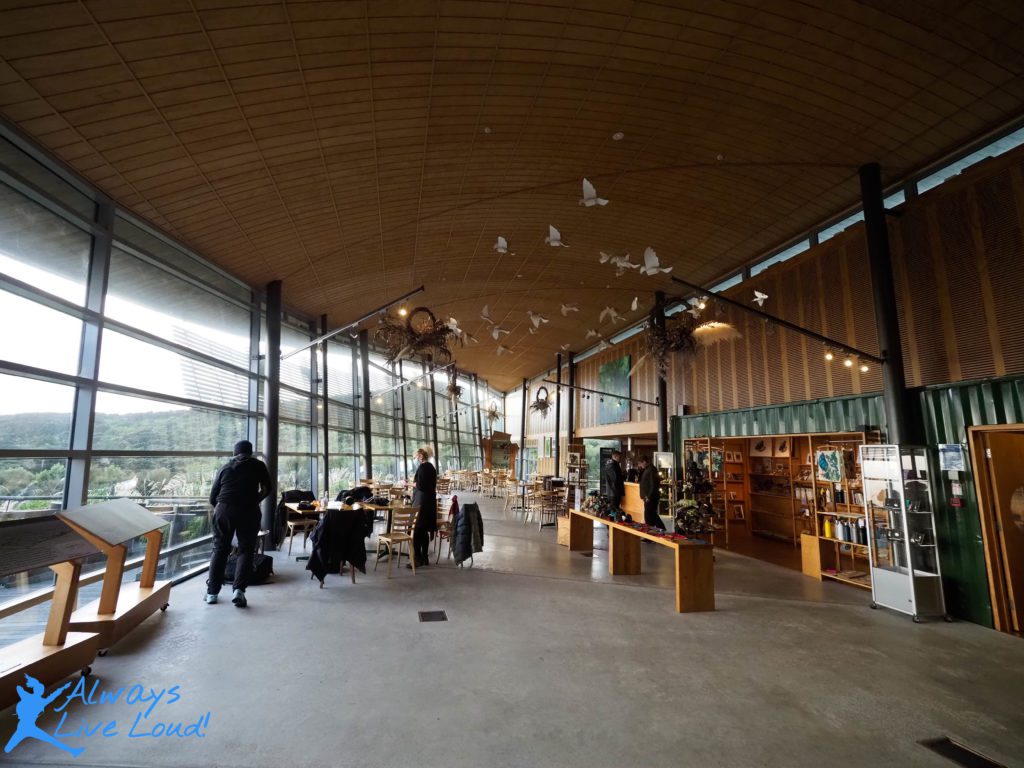
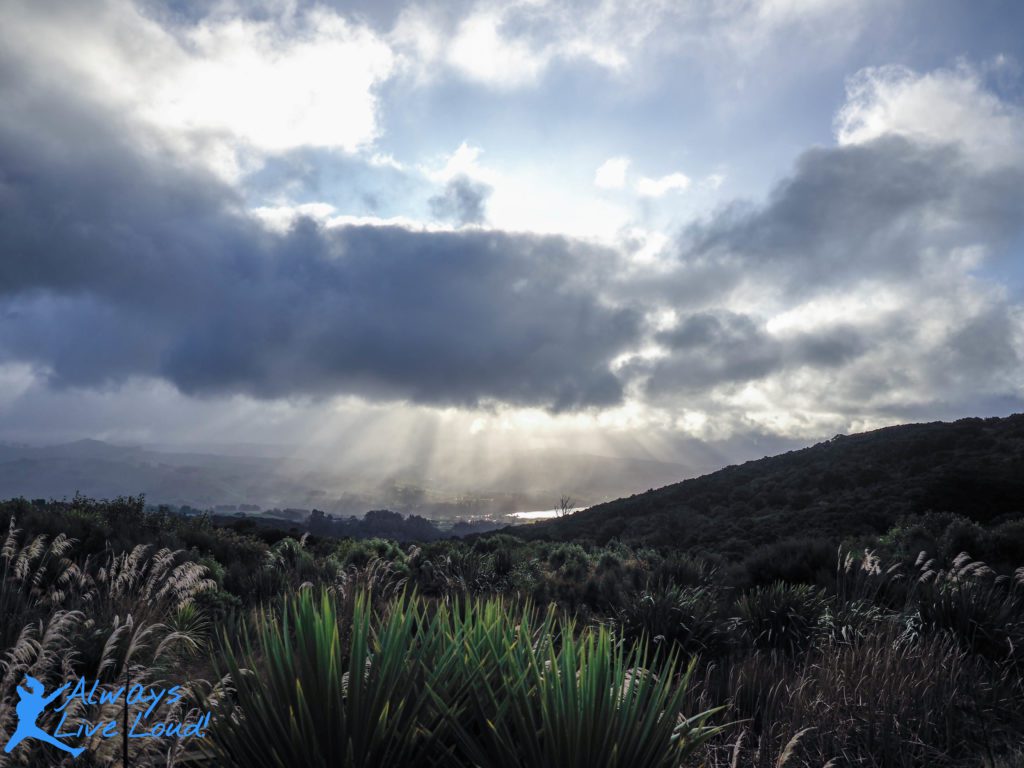
Upon arrival at the center, visitors can enjoy the picturesque views from the café. The sky above was dramatic and stormy, creating a stunning backdrop for the café’s offerings.
Not only does the café offer stunning views, but their food is also delectable. Enjoying a warm drink before braving the brisk weather to watch birds is always a delightful experience.
What is a sanctuary, and why is it important?
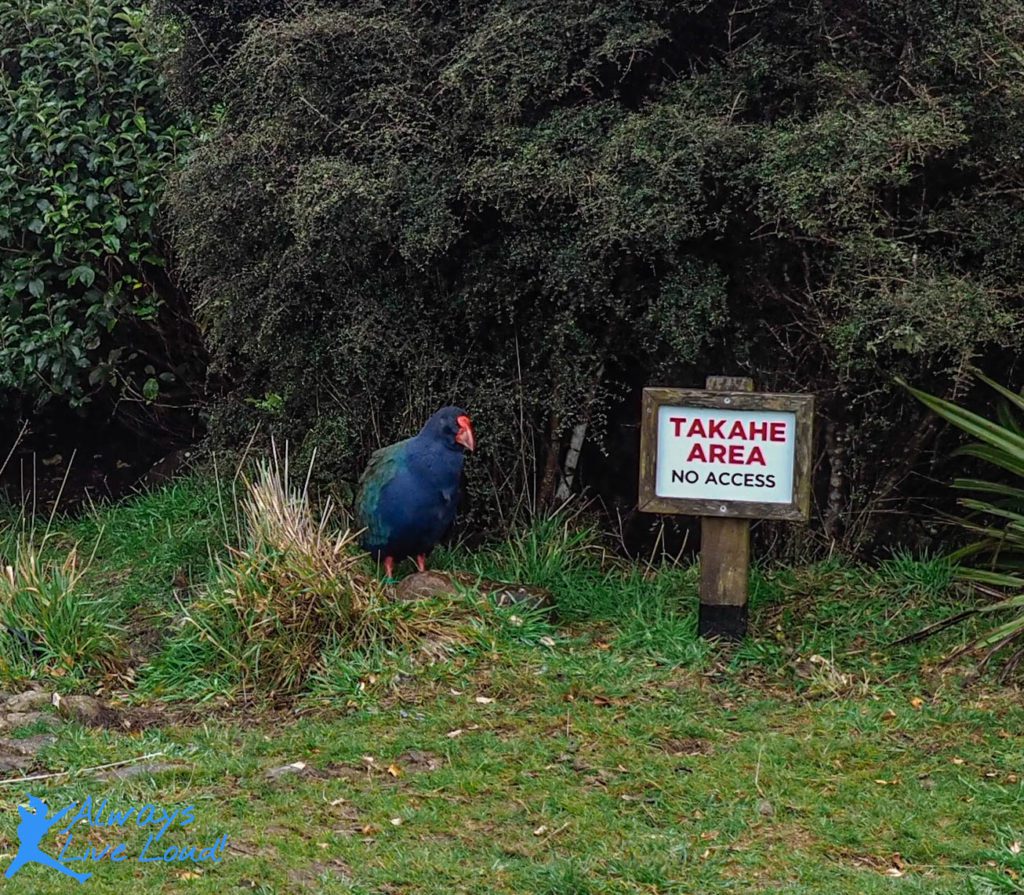
The definition of a sanctuary has evolved over time to encompass more than just a holy location or shrine. Nowadays, it refers to any place that offers a sense of safety and protection to individuals seeking refuge.
An ecosanctuary provides a safe haven for wildlife to thrive and flourish in their native environment, shielded from harm and exploitation.
Orokonui Ecosanctuary
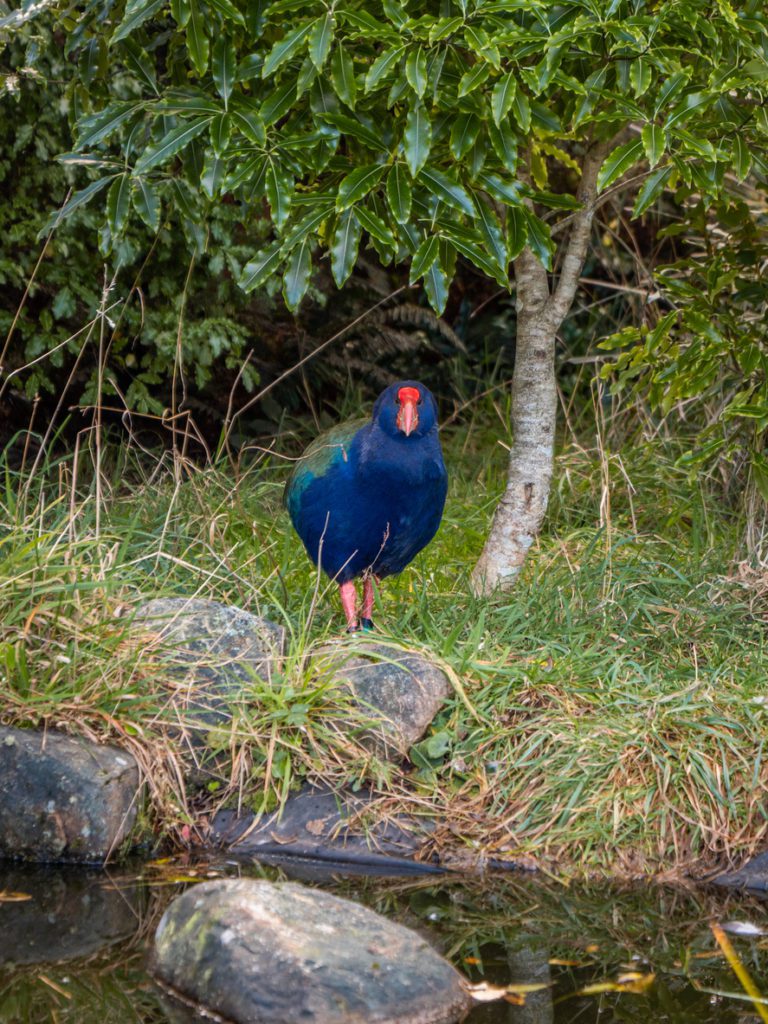
Visiting the Orokonui Ecosanctuary is a must for bird enthusiasts. After we arrived, we were lucky to see some amazing native birds of New Zealand.
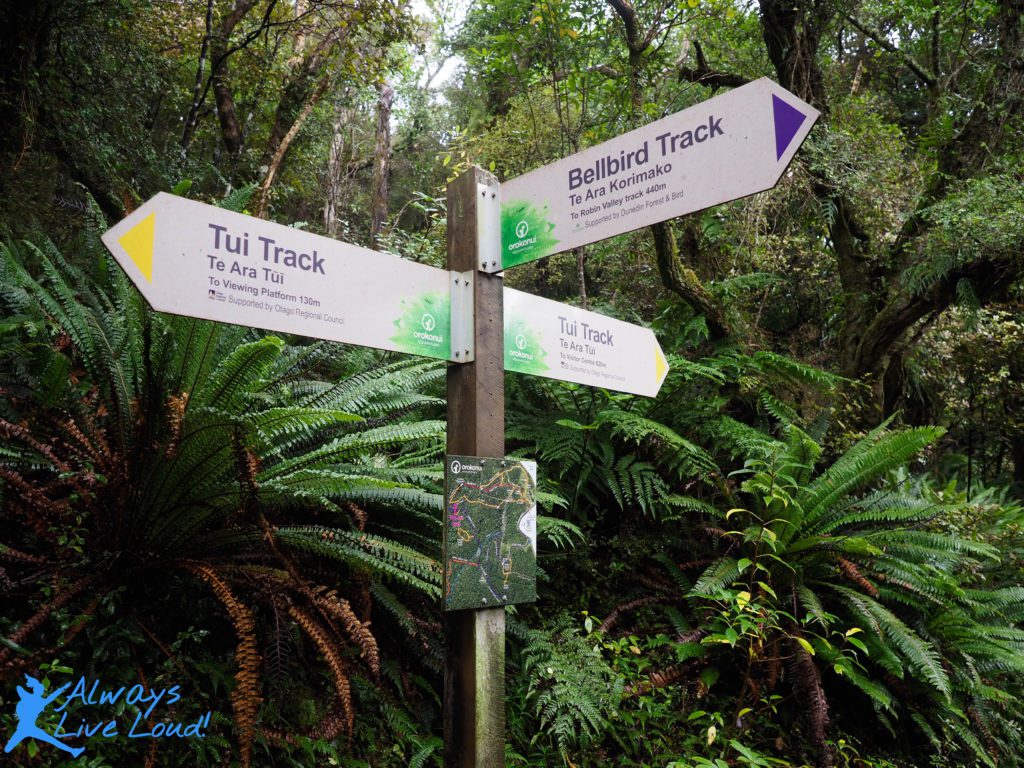
As we stepped into the Ecosanctuary, the Takahē greeted us with their majestic presence. It’s hard to fathom that only 400 of these birds exist in the world today. Their dwindling numbers are truly astounding.
We stumbled upon the Tua and Bellbird tracks as we descended the hill. We were filled with wonder as we set out on a nature walk, following the signs that led us to various bird sightings.
The diverse array of stunning birds we encountered left us in awe. Though the distance we covered was tiring, the experience will remain etched in our memories forever. The immediate environment is a thick forest.
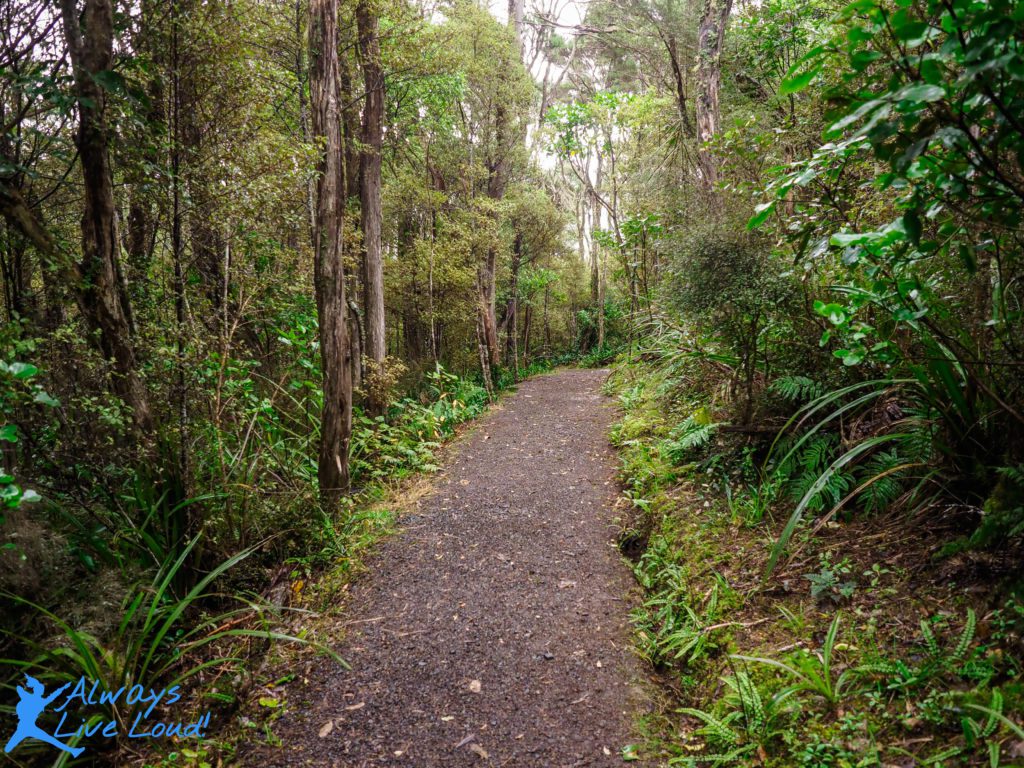

As we continued down the path, we spotted kaka, a type of parrot native to New Zealand, standing near a feeder. We paused and began taking photos as quietly as possible.
As we arrived, we noticed that they were already aware of our presence. Soon after, more of them came to greet us warmly. This place is a sanctuary that holds special meaning.
The sanctuary is a remarkable place to witness the enchanting interactions between birds. Even though I am not a bird watcher, photographing their behavior can be a truly mesmerizing experience.
Tūī or Robin

The Tūī, also known as the New Zealand robin, is a bird species exclusively found in New Zealand. These friendly and trusting creatures often come close to humans, approaching them within a few meters. They are relatively small birds, roughly the size of a sparrow, measuring around 18 cm in length.
There are actually three different species of Robin in New Zealand – the North Island, South Island, and Stewart Island. Each of the three main islands has its own species.
Tīeke or Saddleback
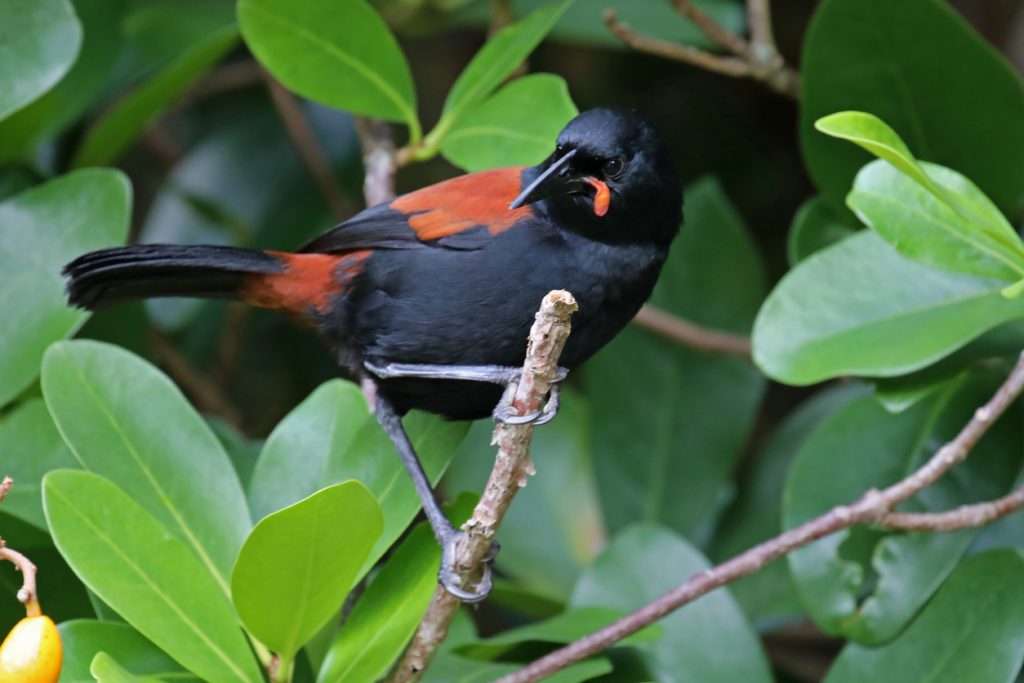
The Māori people gave the name tīeke to this bird due to its loud and staccato-like calls.
Thanks to the successful introduction and reintroduction of the offspring of the initial relocated populations, South Island saddlebacks are no longer facing a significant risk of extinction.
These populations have been carefully established on various offshore islands, ensuring their survival and continued existence.
Ruru Morepork
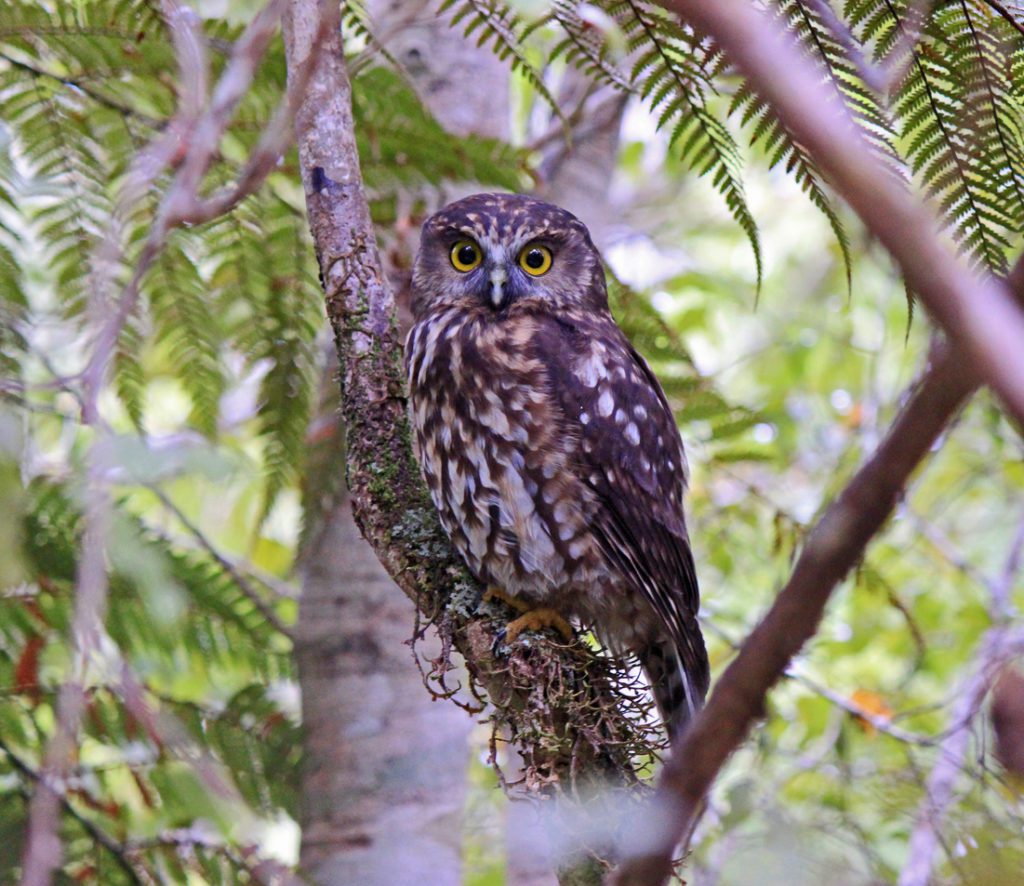
The ‘ruru’ morepork is The predominant type of owl in New Zealand that primarily inhabits the bush and carries considerable significance in Māori folklore.
The Ruru held a significant place in Māori culture as a guardian that provided protection, and its nocturnal habits were closely linked to the spiritual realm. Its sharp, piercing cry was a sign of unfortunate events, like a passing, while the usual ‘Ruru’ call indicated positive news.
The Ruru Morepork is the most common owl in New Zealand.
Kākā
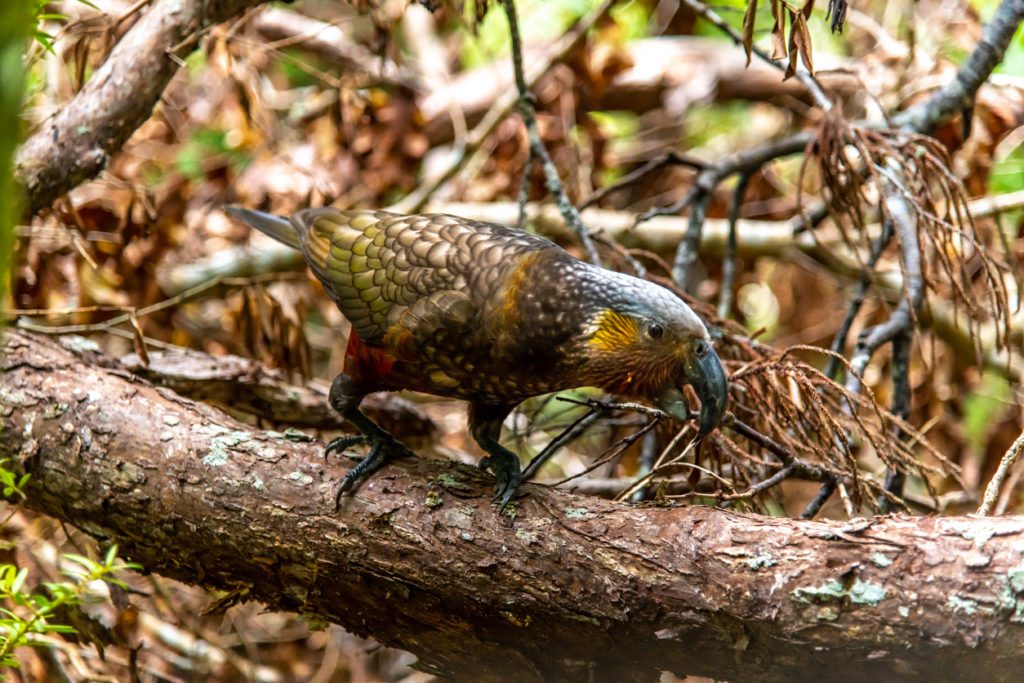
It’s fascinating to note that these creatures, previously identified as kaka kokako, possess light-colored feathers. What’s even more intriguing is the observation that, in certain cases, a red parrot with striking plumage, known as kaka kura, assumes the position of the flock leader.
These birds are easily distinguishable due to their vibrant red feathers, which are not typical for their species that usually exhibit dull brown feathers. They are very friendly.
The Otago Natural History Trust, the flagship biodiversity project, created Orokonui Ecosanctuary. By building a predator fence to protect the sanctuary’s wildlife residents, Orokonui’s staff and supporters have been successfully nurturing the forest environment and the animals appropriate to that specific location, seeing the restoration of a healthy and self-sustaining ecosystem.

